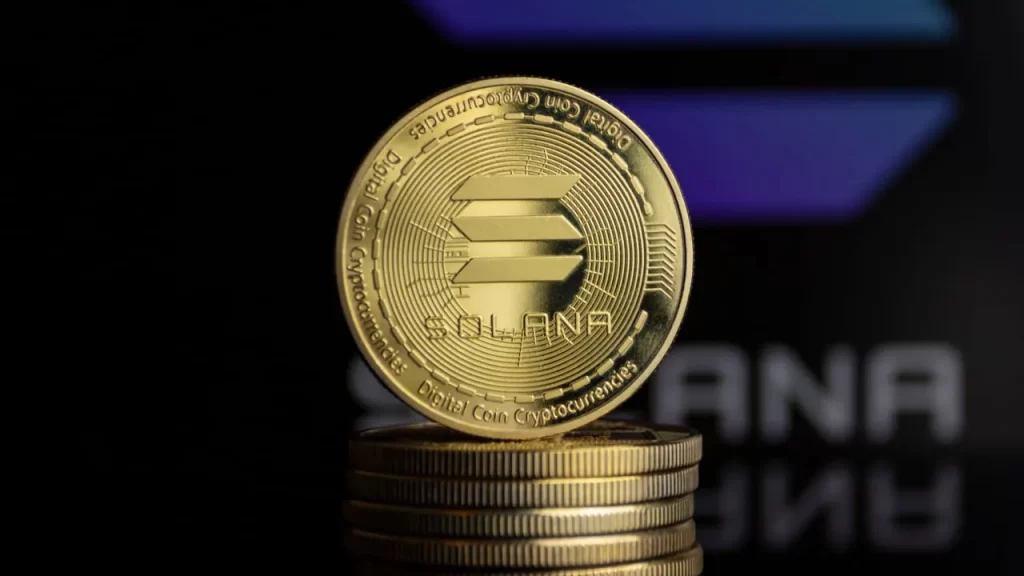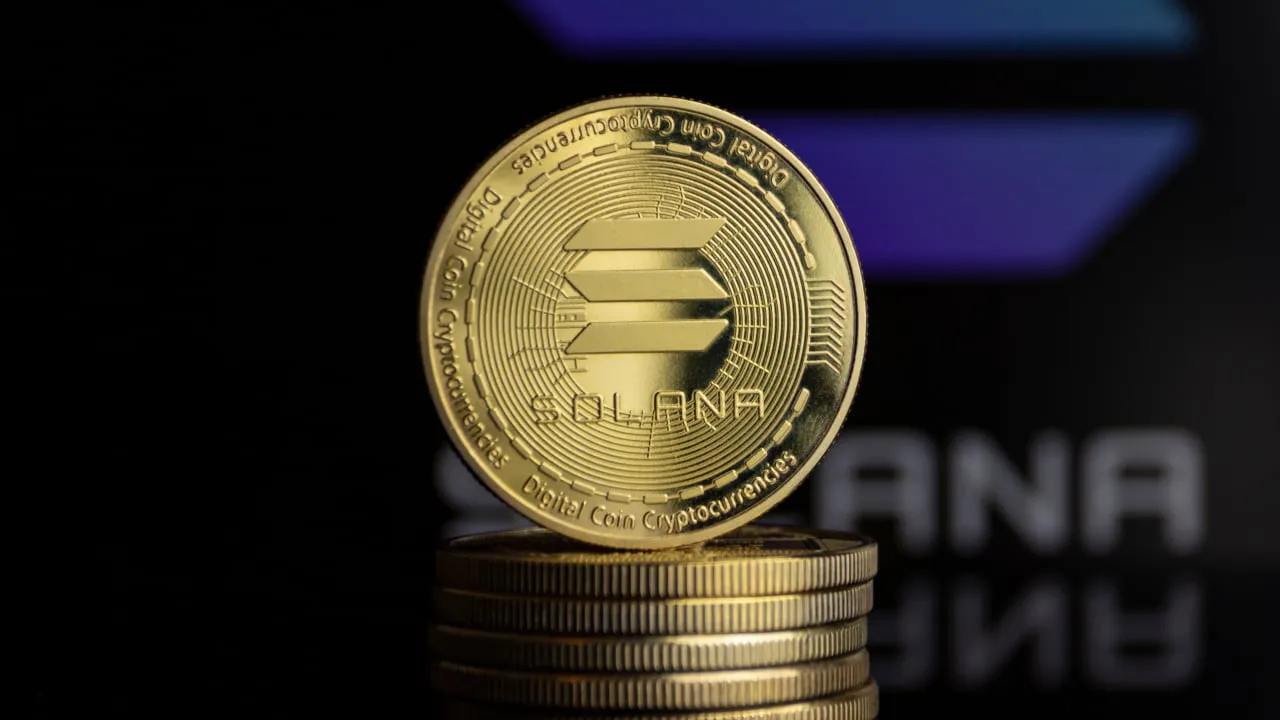In the ever-evolving landscape of cryptocurrency, Solana Coin has emerged as a formidable player. Built to cater to the needs of decentralized applications (dApps) and blockchain developers, Solana aims to provide a scalable and efficient platform that addresses the shortcomings of existing blockchains. This article will delve into the intricacies of Solana, its technology, use cases, community, and its potential future in the crypto space.
Understanding the Fundamentals of Solana Coin
To kubet appreciate the significance of Solana Coin, it is essential to first understand its foundational principles. Solana was designed by Anatoly Yakovenko in 2017, with the aim of addressing issues like scalability, speed, and security—factors that have plagued many established cryptocurrencies such as Ethereum.
The Problem of Scalability
Scalability remains a crucial challenge for blockchain technology. As the popularity of blockchain networks grows, so does the number of transactions, leading to network congestion.
The transaction times can increase exponentially, creating delays and higher fees. At its core, Solana seeks to mitigate these challenges through innovative mechanisms. It employs a unique consensus algorithm known as Proof of History (PoH), which enables the network to process thousands of transactions per second without sacrificing decentralization or security.
Beyond technical innovations, Solana’s design philosophy prioritizes user experience. By ensuring quick transaction processing, Solana facilitates smoother interactions within dApps—particularly vital for applications requiring real-time data, such as gaming or decentralized finance (DeFi).
Speed and Efficiency
A standout feature of Solana Coin is its remarkable transaction speed. Traditional blockchains often struggle with slow processing times, which can hinder their adoption for high-frequency applications. Solana’s architecture allows for near-instantaneous confirmation of transactions.

This efficiency is achieved without compromising on security. Solana’s unique approach combines PoH with a traditional Proof of Stake mechanism, resulting in a system that not only validates transactions but also does so in a manner that is incredibly fast.
Furthermore, the low transaction costs associated with Solana make it an attractive option for developers and users alike. With fees typically fractions of a cent, the network opens up opportunities for microtransactions that other platforms cannot support economically.
Security Considerations
While speed and scalability are essential, they must come hand-in-hand with robust security measures. The Solana network takes this aspect seriously. By utilizing a combination of cryptographic techniques and a broad validator network, Solana is designed to resist various forms of attacks, thus fostering trust among its users.
Moreover, the architectural choices made during Solana’s development ensure that the ecosystem remains resilient and adaptable. In a world where cyber threats are ever-present, the security of any blockchain—including Solana Coin—is paramount to its long-term viability.
The Technological Framework of Solana Coin
Delving deeper into the technological framework behind Solana Coin reveals the complex and thoughtful design that underpins its operation. By breaking down its components, we can better appreciate how Solana stands out in a crowded field.
Layered Architecture
One of Solana’s key innovations is its layered architecture, which separates different functions within the blockchain. This structure allows for greater flexibility and efficiency.
The layering achieves higher throughput while maintaining clear delineation between various processes. This separation leads to an optimized environment for executing smart contracts and decentralized applications, ultimately creating a more agile ecosystem.
Proof of History Mechanism
At the heart of Solana’s innovation lies the Proof of History (PoH) protocol. PoH acts as a cryptographic clock that timestamps transactions, thereby establishing a historical record that proves that an event has occurred at a specific time.
This protocol allows validators to order transactions efficiently and reduces the load on the network. PoH is revolutionary because it enables the parallel processing of transactions, meaning that multiple transactions can be handled simultaneously rather than sequentially.
Essentially, PoH makes the verification process faster and much more efficient, allowing Solana to scale to levels that would be infeasible for many other blockchains.
Validator Network Solana Coin
The security and efficiency of Solana also rely heavily on its validator network. Validators play a critical role in confirming transactions and maintaining the integrity of the blockchain.
Solana’s approach encourages a diverse validator community, which helps decentralize control and build resilience against potential attacks. Each validator contributes to the network’s reliability, ensuring that it can withstand external pressures while providing a seamless user experience.
Smart Contract Functionality
Smart contracts are the backbone of dApps, enabling complex operations to occur automatically based on predetermined conditions. Solana supports a wide variety of smart contract languages, including Rust and C, making it accessible to developers familiar with conventional programming languages.
This accessibility accelerates the development of diverse applications across various sectors, from finance to gaming. Furthermore, Solana Coin smart contracts benefit from its high throughput, meaning they can handle significant user loads without lagging or crashing.
